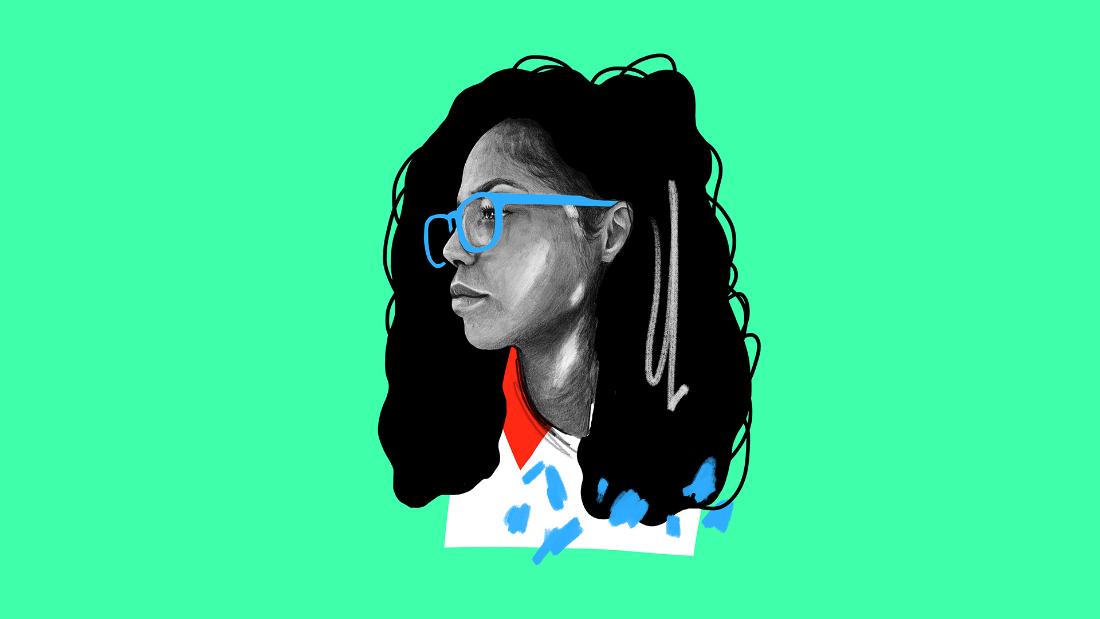The film Women Without Men, directed by Shirin Neshat, is set in Tehran in 1953 during a coup to bring the leader of Iran back to power. Amid a tastefully mellow colorscape and rich cultural and organic sounds, the film follows the lives of four women during this time and reveals the effects of political unrest on their social lives.
Munis:
Munis is the sister of Amir Khan. At the start of the film, she rejects her brother’s desire for her to get married, instead choosing to closely follow the political crisis on the radio. When he threatens to break her legs if she leaves the house, Munis jumps off of the top of a building, killing herself. Through cinematic magical realism, Neshat follows a theoretical plotline in which Munis rises from the dead and escapes her brother’s house to join the resistors.
Fakhri:
Fakhri, the wife of a military general, initially appears to be the most socially and financially stable of the four women. This soon changes when her husband witnesses her admiration for an old flame, and grows jealous. He tells her that it is a woman’s job to satisfy her husband, and if she cannot, he will find a new wife. With that, Fakhri leaves her husband and buys a house in the forest.
Zarin:
A prostitute whose situation is never explicitly explained, Zarin’s background is hinted at through her crying as a woman yells at her to prepare for a customer, as well as the image of her emaciated body in a bathhouse. She is not entirely complicit in her situation, possibly as a result of financial need. In a final session with a customer, Zarin has a breakdown and flees the house. She is seen floating in a stream near Fakhri’s new home and Fakhri finds her, brings her home, and nurses her back to health.
Faezeh:
A friend of Munis’s and the more culturally traditional of the pair, Faezeh wishes to get married, especially to Munis’s brother. Faezeh was the one to dig Munis from the ground after Amir Khan buries her, and she follows her to a coffee shop. At the coffee shop, she catches the eye of two men, who follow and rape her. She enters a state of mental distress, and Munis takes her to Fakhri’s house, where she is taken care of and reimagines her identity and the concept of purity that she had been clinging to.
Completing the narratives of the four women, Women Without Men is framed in a series of conspicuous dichotomies. The juxtapositions of two opposing concepts make apparent what Neshat is saying about each individual concept. For example, the first and most explicit dichotomy that is introduced in the film is the binary of silence and noise. The film opens with the sound of a horn that plays throughout. As Munis is descending through the air, she talks openly in a voiceover about how this is a leap towards silence. By beginning the film with this explicit dichotomy, Neshat prepares us to listen for sound and its absence throughout the rest of the film. In high-energy moments of celebration or distress, there is loud clamor and music. In times of letting go, character development, women coming into themselves, and the death of self, the film has only silence or organic noises, such as the sound of a stream gurgling.
A less explicit but similarly crucial dichotomy in the film is the one between innocence and maturity. This is most apparent in the coupling of Munis and Faezeh. Faezeh’s innocence comes at the price of naivety–she idolizes the concept of virginity, criticizing Amir Khan’s new wife for her reputation for sleeping with men, but has no grasp on what it means, suggesting that a woman’s “hole” simply grows wider after she is married– and vulnerability. After her trauma, Faezeh chooses to opt into Munis’s more agential lifestyle. As part of this transformation, she stops wearing her head covering. When this is drawn to the viewers’ attention by Amir Khan, who asks her to be his wife, with his first wife as her servant, she reacts disdainfully. Unlike at the start of the film, she is unwilling to dismiss his character flaws, and prioritizes her own wellbeing in their relationship. There are downsides to the maturation of the two women, though– they are both shunned by men in their phallocentric society, especially Amir Khan, and must struggle to realize their own identities and support themselves.
Additionally, there is a pairing of the urban and the organic. The stream and Fakhri’s home are symbols of the mythical organic in the film. When the women leave the urban, they leave men, and they are able to fully realize the power in their femininity by creating their own culture in which they can thrive. Only Munis stays in the urban in the film, and the strength of her character lies in the similarities between her personality and the personalities of men of the film.
The setting of dichotomies may seem simple, but in fact, it is a meaningful decision. By showing noise without sound, maturity without innocence, and organic without urban, Neshat gives the viewer no room for misinterpretation of her view of what a world of women without men would be– an oasis for healing and realizing the fullness of the feminine self.


